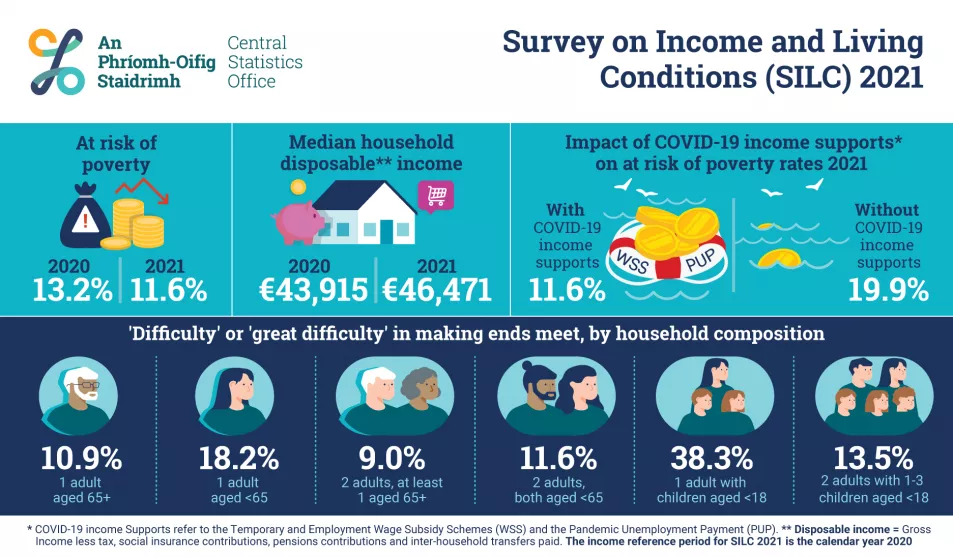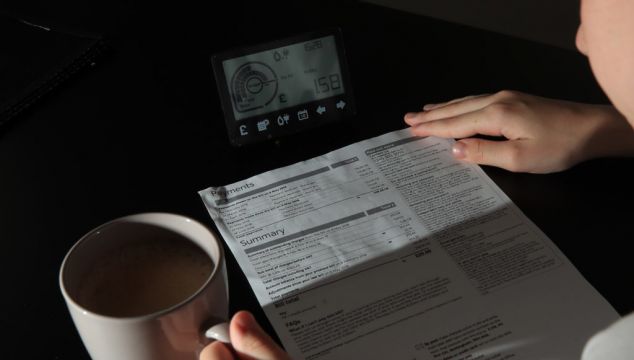The risk of poverty rate in Ireland fell to 11.6 per cent in 2021 compared to 13.2 per cent in 2020, however, one in four single-parent households were in arrears on utility bills.
The Central Statistics Office's Survey on Income and Living Conditions (SILC) for last year found 38.3 per cent of households with one adult and children under 18 said they made ends meet with either 'difficulty' or 'great difficulty'.
For comparison, similar difficulties in paying bills was reported by just 13.5 per cent of households with two adults and 1-3 children aged under 18, and 11.6 per cent of households with just two adults under 65.

Those found to be at the highest risk of poverty were people who were unable to work due to long-standing health problems (39.1 per cent risk), while those described as 'employed' had a poverty risk of just 4.4 per cent.
People who were unemployed had a 23.2 per cent risk of poverty, followed by those fulfilling domestic tasks (19.5 per cent) and students/pupils (17.4 per cent).
The consistent poverty rate dropped by 0.7 per cent to 4 per cent over the 12-month period, while the median disposable income of households increased from €43,915 to €46,471.
Assessing the impact of Covid-19 income supports, the CSO found the risk of poverty rate would have increased to 19.9 per cent if it had not been for the State interventions, including the Pandemic Unemployment Payment (PUP) and Wage Subsidy Schemes.







